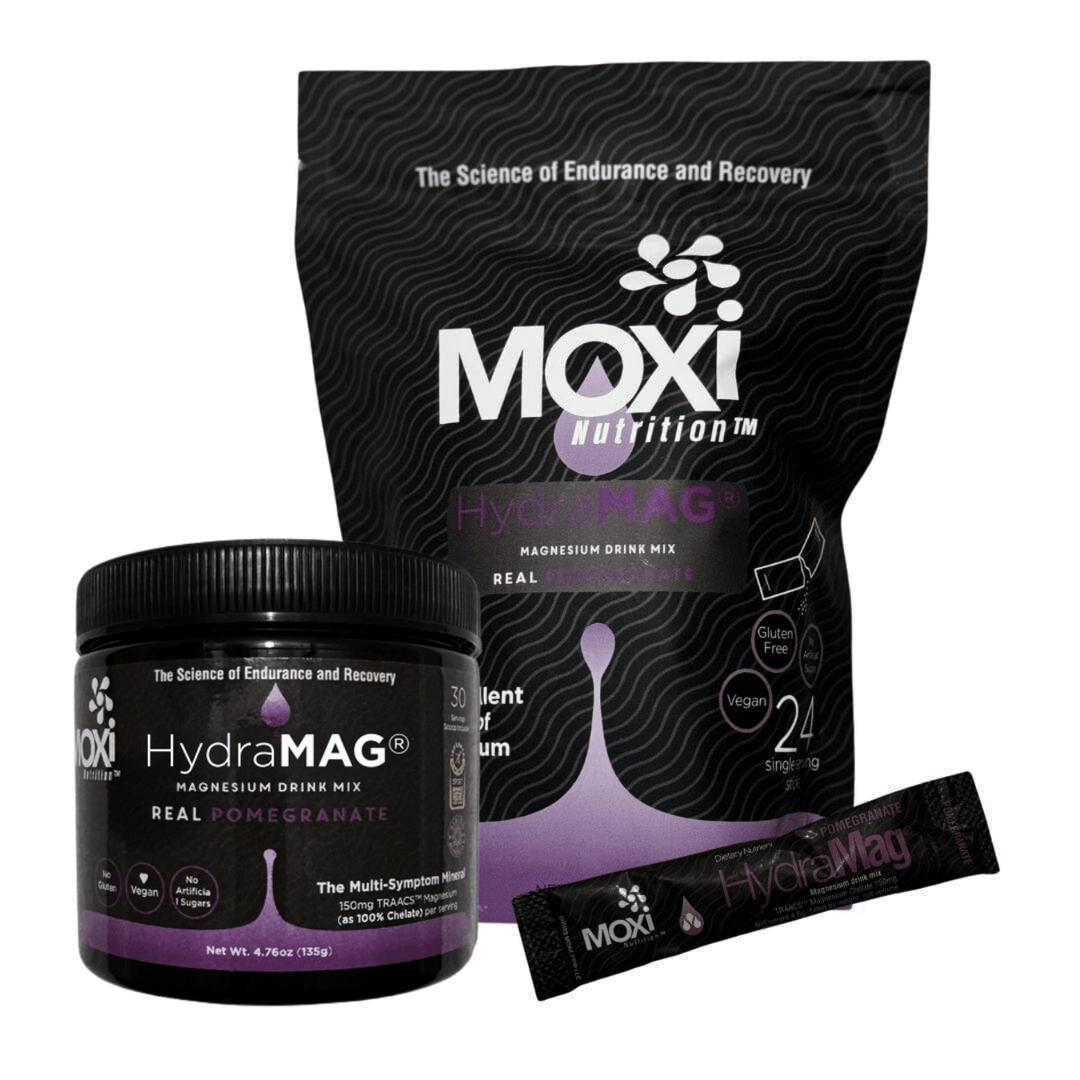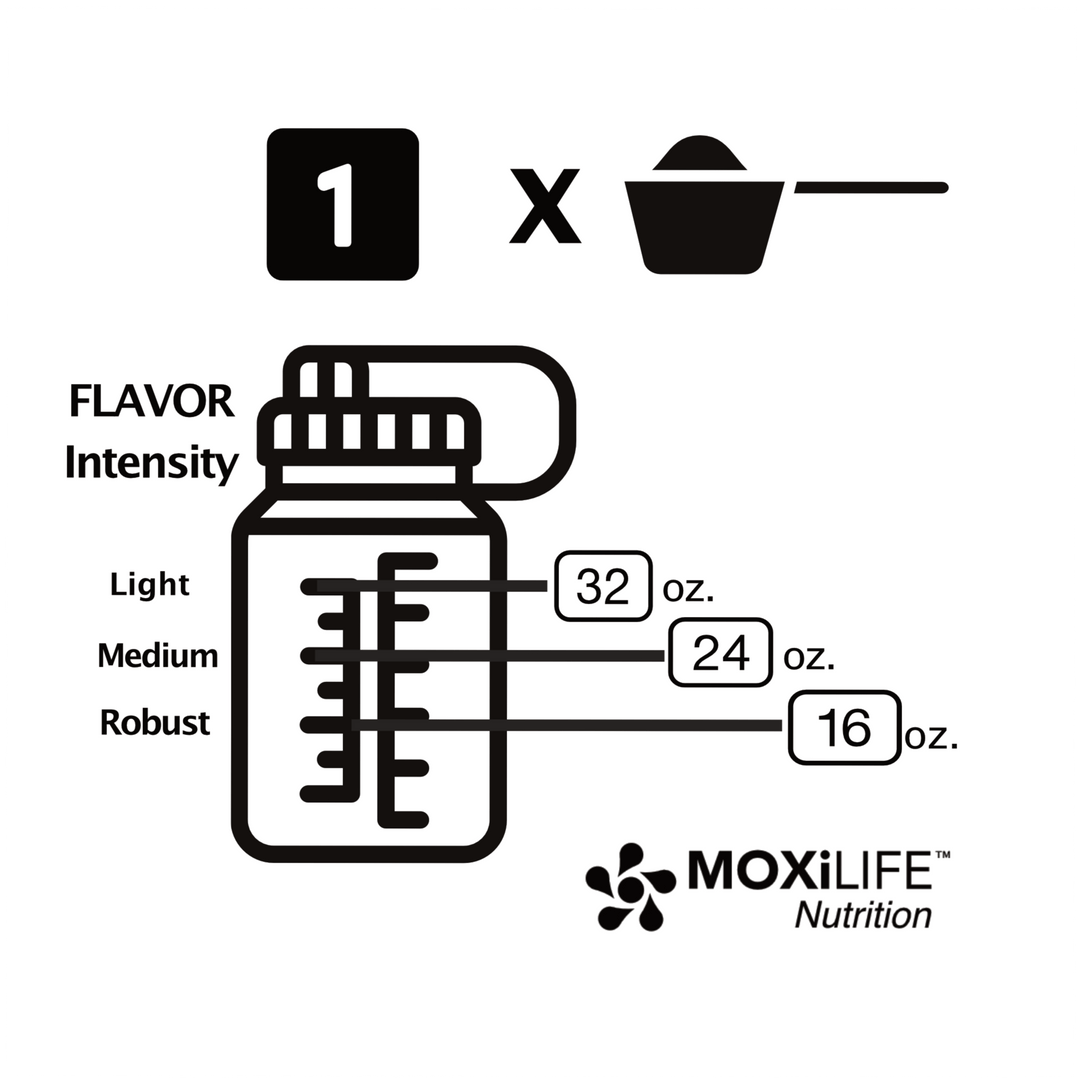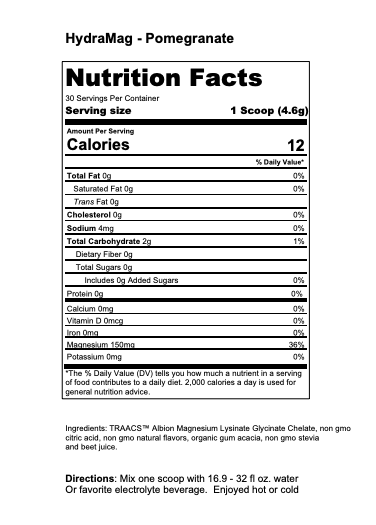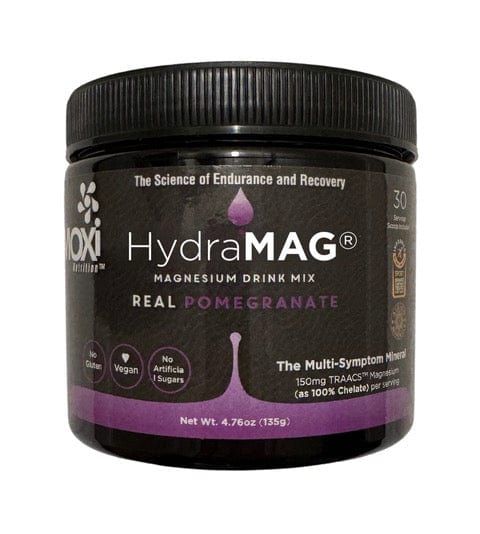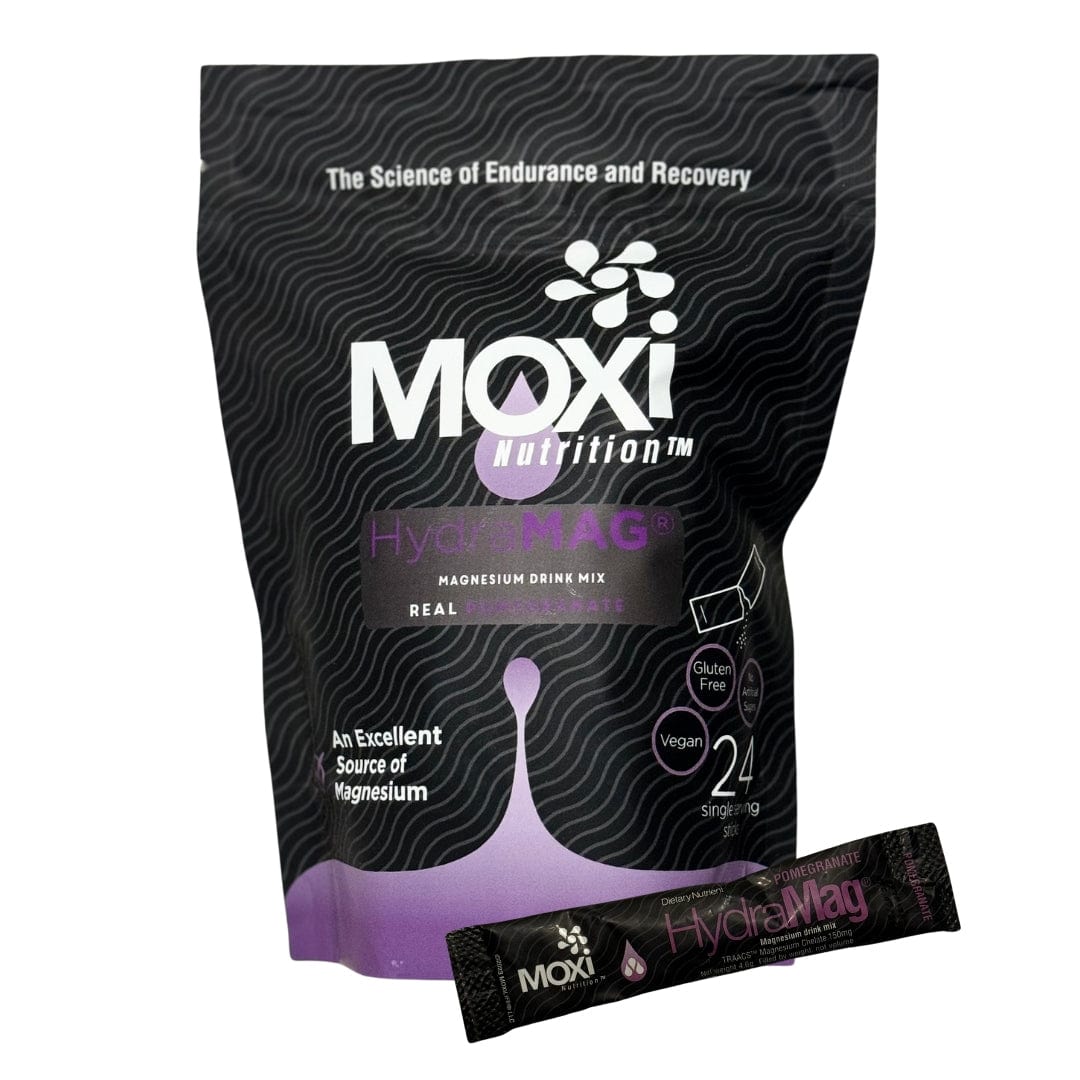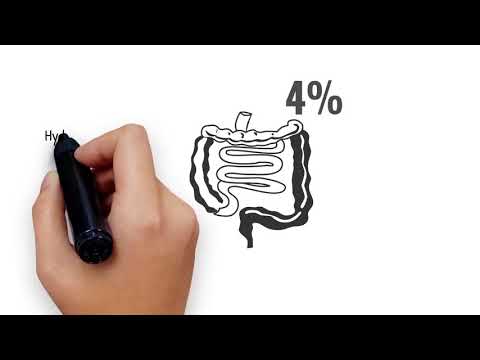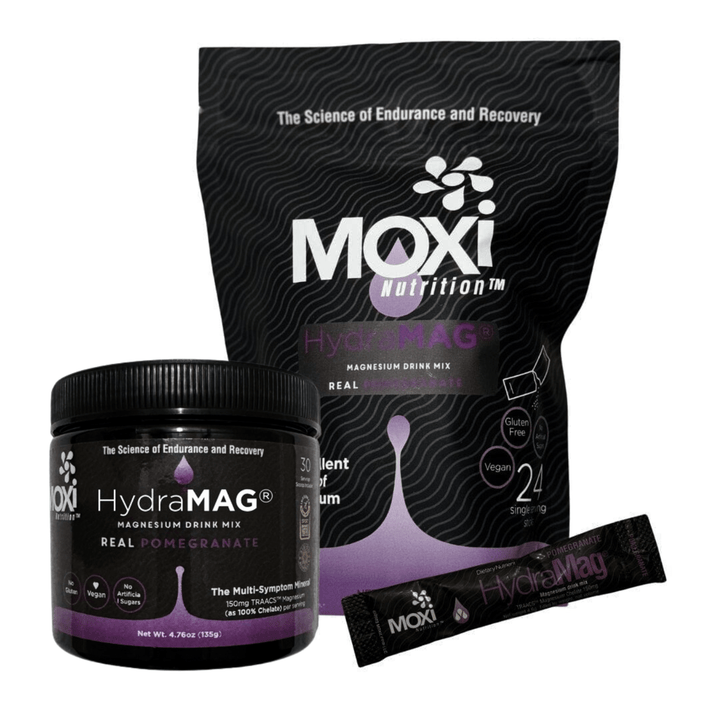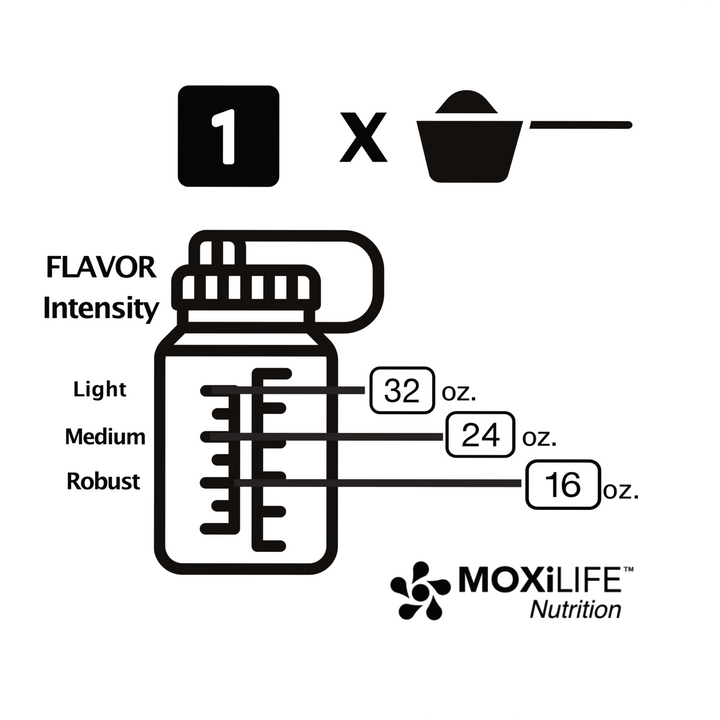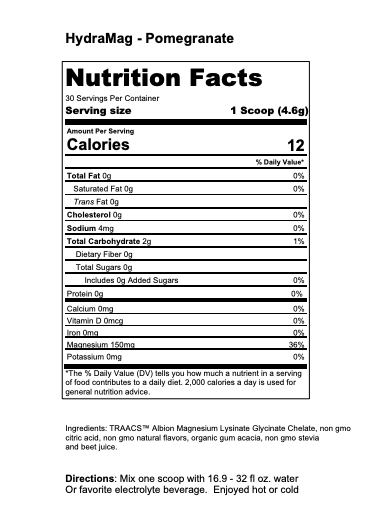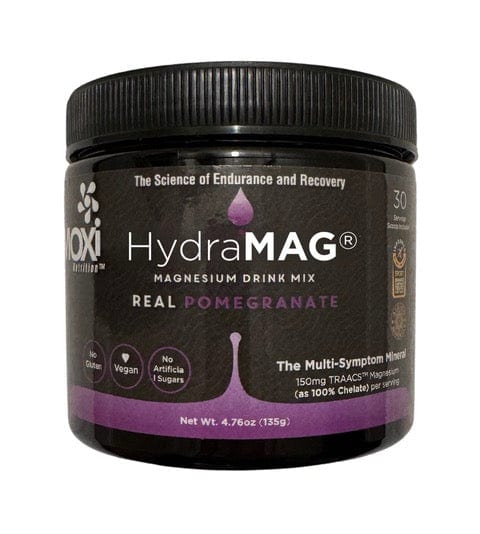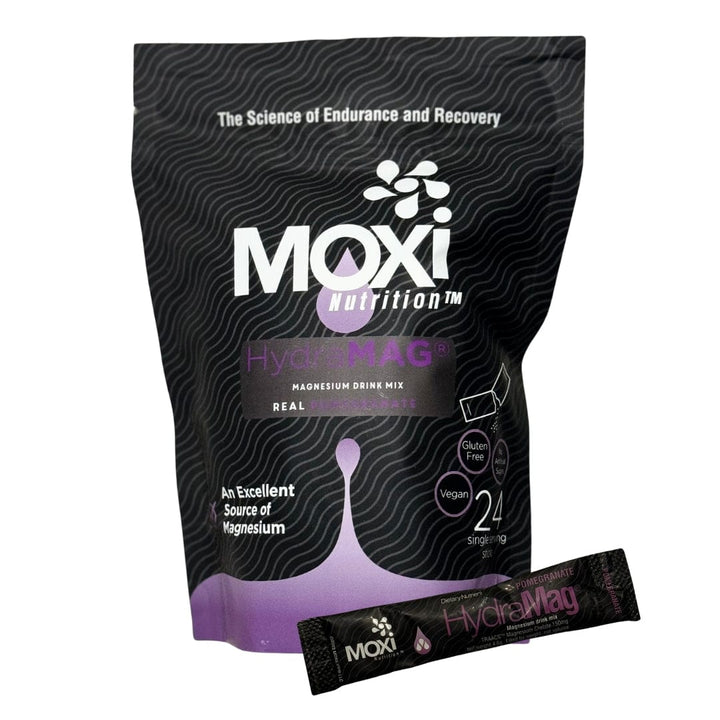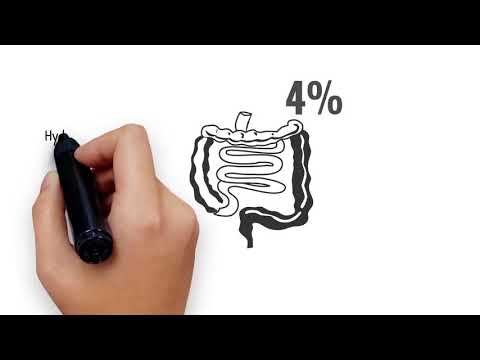HOW TO REDUCE EAMC CRAMPING INTENSITY AND DURATION?
REDUCING MUSCLE CRAMPING COULD BE AS SIMPLE AS ADDING ONE MISSING NUTRIENT TO YOUR DIET.
Spoiler alert...it might not be all about the salt.
Most athletes have experienced Exercise-Associated Muscle Cramps (EAMC) a time or 20 during training or racing. If you have not, count your lucky stars and go buy a Lotto ticket.
There is never a good time to cramp and unfortunately, cramps appear at the most inopportune instances and at times when you'd never cramped before, like the first 1/3 of a race or even before it starts.
You never cramp in training, so why during a race? Why is this??
Most instances cramping occurs after exercise starts, which is a key factor to the following information.
There are numerous theories to dive into why muscle cramping occurs, so for simplicities sake, let's take a look at two most prevelent theories:
One explanation is physiological and the other 'hypothetical'.
- Hypothetical neuromuscular beliefs are structured around the hyper-excitability of the motor neurons.
- The physiological approach focuses on actual chemical transfer of energy or lack-there-of.
They both have merit however, one doesn't have a lot of clinical data to support the theoretical nature.
Herein lies The Compensation Theory
Let's drill down a deeper layer to investigate muscle cramping; and more specifically, as to why the physiological rational is a more favorable explanation vs the neuromuscular.
This article will guide you through the rational understanding of the physiology of how both theories are applicable.
Providing more clinical cellular background to the physiological pathways of muscle cramping and look at the chronological order of cellular functions and how the physiological is the basis for the neurological theory.
~Without the physiological impact, you would not have the neurological outcome.~
What is the 'Compensation Theory'?
We base this theory off of the Occam's razor approach to problem solving.
According to Websters definition of Occam's razor: A scientific and philosophical rule that entities should not be multiplied unnecessarily, which is interpreted as requiring that the simplest of competing theories be preferred to the more complex, or that explanations of unknown phenomena be sought first in terms of known quantities.
Simply said: If we have two different explanations to the outcome, the simpler explanation one is usually the first place to start, and ends up being the better answer to the problem or desired outcome.
The Compensation Theory pertains to minerals(Mg) and is based on the utilization of energy, biologic requirements and Magnesium storage capacities.
First things first lets talk Energy.
We would not exist without energy.
All Life exists because of the ability to conduct internal energy.
The human body requires A LOT of energy to simply exist. Multiply that by the physical demands of endurance athletes, and that amount of energy adds up quickly.
During exercise our body burns(utilizes) both micro and macro nutrients to make energy. Trace, micro, macro minerals, all vitamins, protein, fats, carbs and water, are involved in the activation of energy.
We obtain a majority of the aforementioned nutrients from external sources, foods we consume. The body can create some vitamins; D,K, however the body CANNOT create Minerals.
Think about that statement for a minute.
Minerals are essential to the creation and conductivity of energy within the body.
If we need an analogy 'closer to home'; pun intended, the lighting and appliances in your home requires energy, and are connected to external energy companies via wiring. This wiring is comprised of minerals, copper mainly.
The Occam's razor for muscle cramping can be akin to the wiring in a house to conduct energy.
We have dialed in one mineral that keeps the wheels on the bus and it isn't sodium...
When we have a loose connection there is not enough energy reaching its end point. When have a blown fuse the cause is an excessive amount of energy overloaded into a circuit.
Minerals are the wiring within the body and conduct energy throughout our system. Minerals work with other nutrients to enable the framework to build energy. When we are 'deficient' or 'excessively' imbalanced in specific minerals, the body requires a compensation process to find homeostasis.
The body always wants balance.
Electrical balance is KEY to cellular function as this is what drives the electrolytes in and out of cells, maintains fluid balance and keeps the motor ticking.
The 'compensation theory' starts with the minerals needed at the highest levels to conduct the electrical impulse and keep a cellular balance. These key major minerals in the human body are calcium, phosphorus, potassium, sodium, and magnesium.
These minerals are also key electrolytes.
So now we understand the functionality of minerals to life's existence and the critical nature to energy, let's dive a bit deeper to understand how these minerals work together to create said 'energy'.
Always keep in mind the body wants to maintain intercellular balance for all organs to work and will do what it needs to do to maintain this balance.
The key word in the above statement is organs; heart, brain, kidney, liver etc.
All organs require energy derived from the ATP cycle.
Adenosine Triphosphate; aka the ATP cycle, is the basis to the energy cycle, as we know it. The major minerals are dominant in energy production with Magnesium leading the forces into battle. Hundreds of enzymatic chemical functions drive our metabolism and the mineral that drives the ATP energy cycle enzyme; ATPase, specifically relies upon Magnesium.
ATP (adenosine triphosphate), must be bound to a magnesium ion in order to be biologically active.
ATPase is an enzyme which activates, and switches on/off, the Na/K Pump within the cell to support fluid and electrolyte balance. Essentially, without Magnesium there is no cell function, intercellular fluid balance, nor energy creation.
Magnesium is a difficult miner to absorb due to the hygroscopic nature of the mineral, its affinity to water. It's like a sponge if it is not absorbed into the lumen wall of the GI, and hence the laxation affect when individuals ingest Mg salts that are not bonded to amino acids.
The body naturally finds amino acids to bond to the ionic mineral when ingested with foods containing proteins.This naturally occurring bonding process; known as chelation, is dependent on GI pH levels, reduced lumen inflammation and proper amino acid ratios.
Magnesium is:
- not easily absorbed as an ionic mineral
- Is 6x better absorbed as a Chelate Magnesium
- required in every body movement and organ function
- Zoroddu MA, Aaseth J, Crisponi G, Medici S, Peana M, Nurchi VM (June 2019). "The essential metals for humans: a brief overview". J. Inorg. Biochem. 195: 120–29. doi:10.1016/j.jinorgbio.2019.03.013. PMID 30939379.
- ^ Jump up to: a b c Berdanier, Carolyn D.; Dwyer, Johanna T.; Heber, David (2013). Handbook of Nutrition and Food (3rd ed.). CRC Press. p. 199. ISBN 978-1-4665-0572-8. Retrieved 3 July 2016.
- ^ "Minerals". MedlinePlus, National Library of Medicine, US National Institutes of Health. 22 December 2016. Retrieved 24 December 2016.
http://onlinelibrary.wiley.com/doi/10.1111/j.1740-8709.2012.00440.x/full




